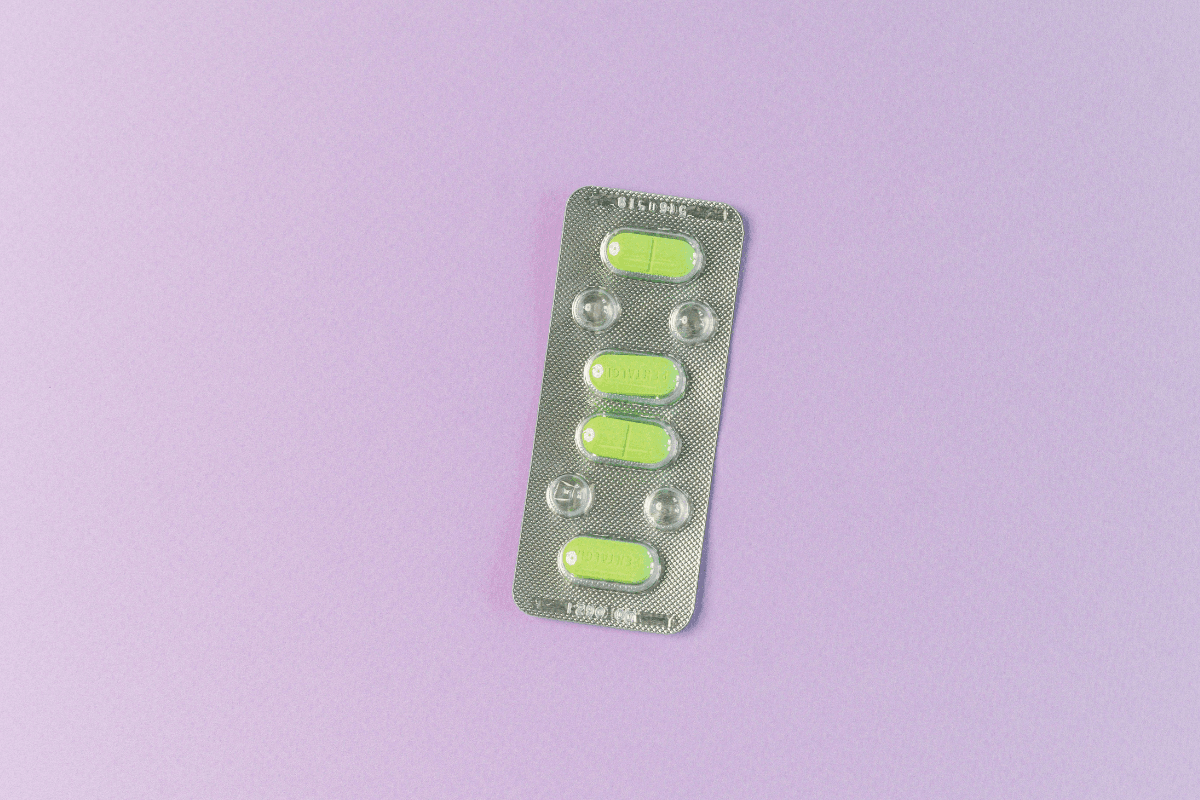Many people ask about Mirtazapine uses when weighing antidepressant options. This guide explains how clinicians consider it for major depressive disorder, why it may aid sleep and appetite, and what side effects to watch. We translate clinical language into everyday terms, so you can discuss choices with your care team. This matters because informed decisions often lead to steadier, safer treatment journeys.
Key Takeaways
- Dual benefits in care: may lift mood and improve sleep or appetite.
- Start low, go slow: dosing often begins conservatively, then adjusts.
- Safety first: monitor weight, sedation, and rare blood changes.
- Not an SSRI: distinct mechanism may help when SSRIs are poorly tolerated.
What Is Mirtazapine? Mechanism, Class, and Indications
Mirtazapine is an antidepressant in the noradrenergic and specific serotonergic class (NaSSA). In plain terms, it influences brain chemicals like norepinephrine and serotonin to help regulate mood and sleep. Clinicians prescribe it mainly for major depressive disorder (MDD). They sometimes consider it when anxiety, insomnia, or poor appetite complicate depression.
This medicine blocks certain alpha-2 adrenergic and serotonin receptors, which can reduce anxiety and promote sleepiness at lower doses. Because it is not an SSRI, some people who struggled with selective serotonin reuptake inhibitors may tolerate it better. For background on medication categories and how they differ, see What Are Antidepressants for a short overview of classes and effects.
Mirtazapine Uses in Depression Care
Clinicians reach for mirtazapine when depression shows up with insomnia, low energy, or reduced appetite. The sedating effect can help people who struggle to fall or stay asleep. Improved sleep sometimes lifts next-day mood and functioning. Its appetite effects may support weight restoration when depression has caused weight loss and low intake.
In real life, treatment plans vary. Some people take mirtazapine alone. Others add it to a current regimen after partial response to another antidepressant. Providers also consider health history, metabolic risks, and daily routine. To learn how symptoms shape treatment choices, explore Depression Symptoms and Treatment for context on common patterns and evidence-based options.
Dosing Basics and Titration
Prescribers usually individualize the plan and adjust gradually. A common approach starts at a low bedtime dose and increases based on tolerability and symptom change. Discuss timing and changes with your clinician, especially if morning grogginess or daytime sleepiness appears.
Clinicians may talk about target ranges rather than a single number, because response varies. Early weeks often focus on tolerability and sleep. Later adjustments aim at sustained mood improvement. When switching from another antidepressant, cross-taper strategies lessen withdrawal or overlap effects.
Dosing Ranges and Strategies
Lower doses can feel more sedating due to how receptor effects balance out. Some people begin around the low end, for example the equivalent of 7.5–15 milligrams at night, and adjust carefully. Others need moderate dosing, like the 30-milligram range, to reach steady antidepressant effects. Higher doses may lessen sedation but require closer follow-up for side effects.
Any increases should be gradual. Your clinician may check weight, daytime alertness, and blood pressure as you advance. If you experience next-day impairment, the plan may shift toward an earlier bedtime, a slower titration, or a dose re-evaluation. Always align changes to your medical history and concurrent medications.
For clarity on common adjustments, many providers discuss Mirtazapine vs. Fluoxetine to compare side-effect patterns and activation profiles. This can help set expectations about energy, sleep, and appetite during the first months.
When discussing schedules and goals, people often ask about mirtazapine dosage and how to find a sustainable routine. Your clinician can tailor timing to fit work, caregiving, or school demands while minimizing daytime sedation.
Sleep and Appetite Effects: Benefits and Trade-offs
Many patients notice calmer sleep at lower doses, which can be helpful during crisis periods or while stabilizing routines. This sedating property can be a benefit, but it may also cause morning drowsiness if bedtime is too late or the dose is not well matched. A stable sleep window and consistent lights-out time often reduce grogginess.
Some people use mirtazapine for sleep when anxiety and insomnia are prominent. Appetite can increase as mood lifts, which benefits those who lost weight during depression. Others may gain unwanted weight. Tracking meals, prioritizing protein and fiber, and keeping regular activity can help balance this trade-off without undermining rest.
If sleep disruption remains challenging, clinicians sometimes compare alternatives such as trazodone. For practical differences across sedating antidepressants, see Trazodone Side Effects and Uses for shared benefits and unique cautions. If sleep safety questions arise, our focused guide Mirtazapine for Sleep Safety summarizes key points you can review before appointments.
Occasionally, people consider non-antidepressant sleep medicines for short-term use. If discussing hypnotics, your clinician may compare them with options like Zolpidem to weigh next-day effects and dependence risks. This comparison helps ensure the sleep plan supports mood recovery, work safety, and daily functioning.
Side Effects and Safety
Common mirtazapine side effects include sleepiness, dry mouth, increased appetite, weight gain, and dizziness. Some people report vivid dreams or constipation. Most effects appear early and may lessen as your body adapts. If sedation or weight changes feel unmanageable, clinicians often adjust timing, dose, or supportive strategies.
Serious but rare reactions can occur. Clinicians monitor for low white blood cells (agranulocytosis), signs of serotonin toxicity when combined with serotonergic drugs, and mood changes including suicidal thoughts, especially in younger adults. The U.S. label includes a boxed warning about suicidality in young people; see the FDA prescribing information for details on warnings and monitoring. For a consumer summary of benefits and risks, MedlinePlus drug information offers clear safety guidance.
Weight gain can feel distressing. Your team may suggest nutrition support, activity planning, or, in some cases, choosing a different antidepressant. For context on weight effects across classes, see Antidepressants That Cause Weight Loss to understand how profiles differ and why that matters.
Interactions and Foods to Avoid
People often ask about mirtazapine foods to avoid. The medicine does not have strict dietary bans like MAOIs. Still, it is wise to limit alcohol because combined sedation can impair balance, driving, and decision-making. Discuss cannabis or sedative-hypnotics with your clinician, since additive drowsiness can increase risk of falls or mistakes at work.
Do not take mirtazapine with monoamine oxidase inhibitors or within the recommended washout periods. Use caution with other serotonergic drugs, including certain triptans or linezolid, due to serotonin toxicity risk. If occasional sleep aids are part of your plan, ask about safer choices. For example, first-generation antihistamines such as Diphenhydramine XST or Benadryl Night can intensify sedation, so timing and dose should be reviewed to prevent next-day impairment.
Tip: Keep an updated medication list. Include over-the-counter products, herbal supplements, and any nightly sleep aids. Bring this list to appointments to help your clinician avoid interactions and redundant sedatives.
Special Populations and Monitoring
Older adults are more sensitive to sedation and dizziness, which increases fall risk. Clinicians often start at the very low end and titrate slowly. Regular check-ins help balance sleep benefits against morning grogginess, driving safety, and cognition. Caregivers can support by tracking sleep times, naps, and daily alertness.
People with liver or kidney concerns may need dose adjustments. During pregnancy or lactation, risk–benefit conversations consider depression relapse risk versus safety signals. Blood tests are not routine, but new-onset fever, sore throat, or infection symptoms warrant prompt evaluation. When patients ask what are the long-term side effects of mirtazapine, clinicians usually focus on weight gain, metabolic changes, and persistent sedation, then tailor strategies to reduce these risks over time.
Because depression often overlaps with medical conditions, coordinated care matters. To explore this connection, see Depression and Chronic Illness for how physical health influences treatment choices and monitoring plans.
Compare and Related Options
People often ask is mirtazapine an ssri, because it is prescribed for similar symptoms. It is not. Differences in mechanism can translate to unique benefits, such as sleep support, and distinct side effects. If activating effects of SSRIs were challenging, a non-SSRI option may feel more tolerable.
Therapy plans frequently consider alternatives or combinations. Your clinician might compare sedating antidepressants, or pair a daytime agent with a bedtime option. For structured overviews, visit Medications for Depression to see where mirtazapine fits among first-line choices. For specific symptom clusters, our Signs of Depression resource and OCD and Depression Insights explain how comorbid conditions shape medication selection and timing.
If you and your provider are reviewing product details, the Mirtazapine page can help you recognize formulations and standard package information discussed during visits. This can make label terms and dosage forms easier to follow between appointments.
Practical Tips and Talking Points
Take your dose at a consistent bedtime that allows adequate sleep. Keep screens off and the room dark, so you can detect whether sedative effects arrive within your usual window. If mornings feel cloudy, discuss small adjustments to bedtime or dose cadence rather than pushing through fatigue.
Build a simple checklist: target sleep hours, morning routine, and mealtime anchors. Track weekly weight, daytime alertness, and mood notes. These data points help clinicians fine-tune care. For perspective on long-range planning and cumulative effects, see Long-Term Antidepressant Effects, which outlines what to monitor during maintenance treatment.
Some people prefer a short-term sleep aid during transitions. If you and your clinician discuss options beyond antidepressants, compare sedative profiles carefully. For example, alternatives to antihistamines include structured sleep therapy or, in select cases, older tricyclic sleep doses. If you are considering other prescription sleep agents, compare next-day function with options like Silenor or, in rare situations, Zopiclone, to weigh residual effects and safety.
Recap
Mirtazapine can support depression care, especially when insomnia or poor appetite complicate recovery. With careful dosing and monitoring, many people find a workable balance between mood benefits and side effects. Partner closely with your clinician, keep a simple tracking plan, and adjust thoughtfully. Small, steady changes often protect safety while improving quality of life.
Note: This content is for informational purposes only and is not a substitute for professional medical advice.

